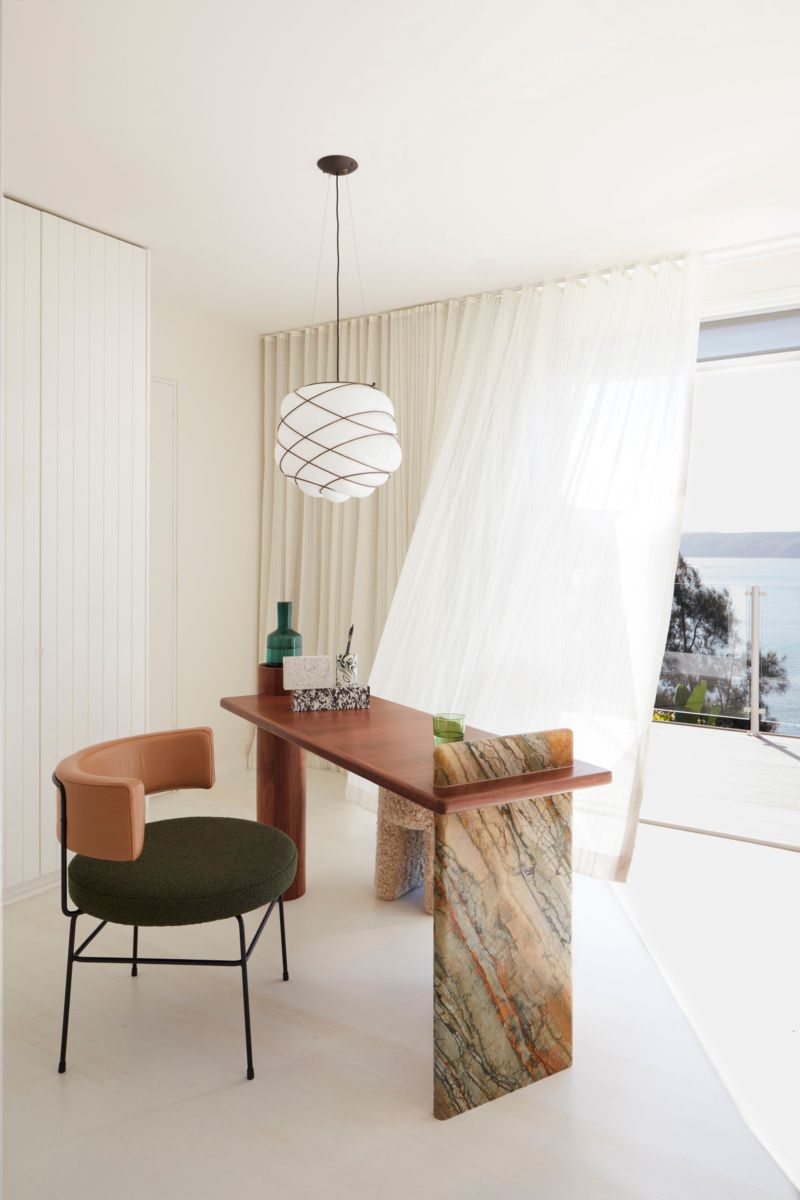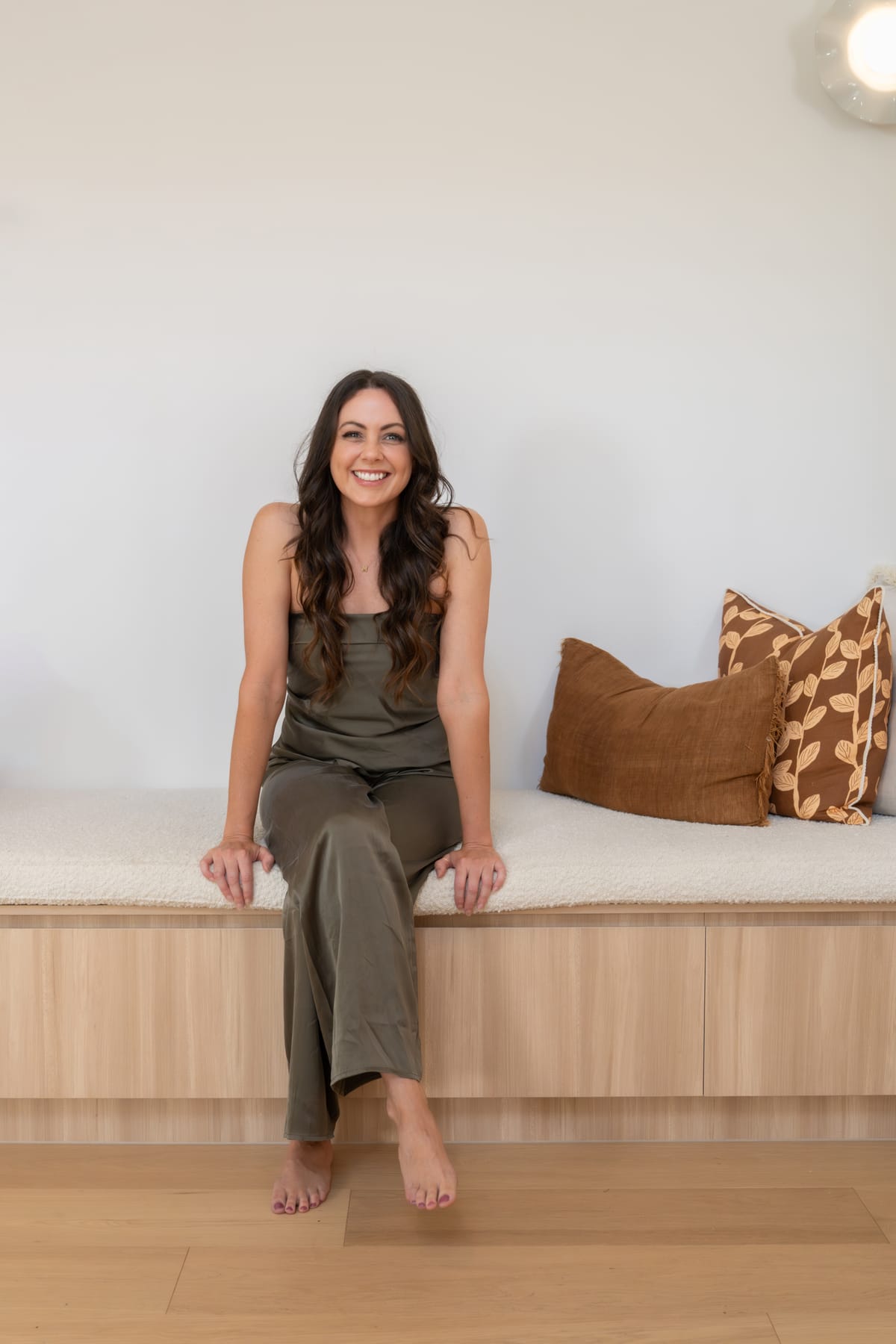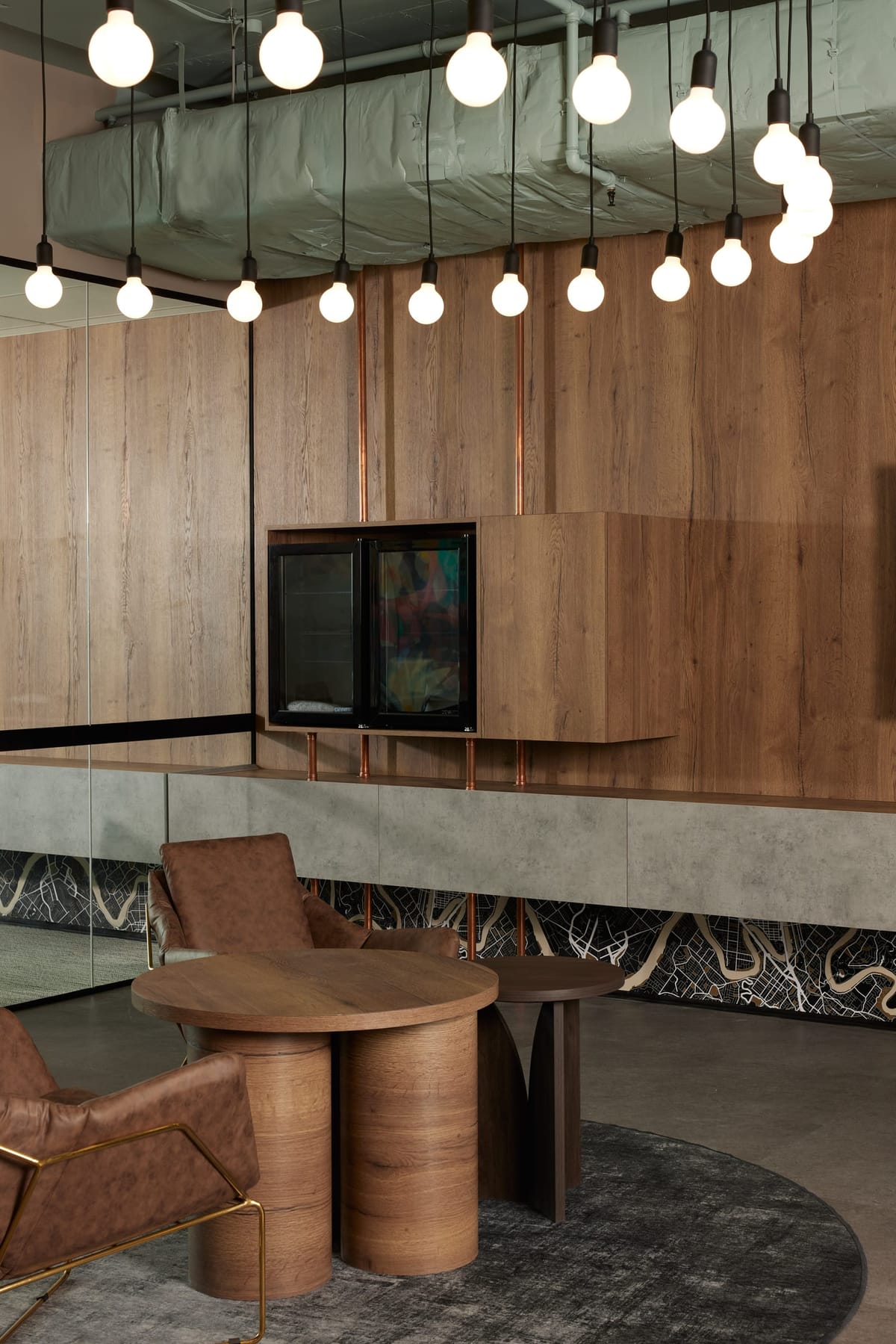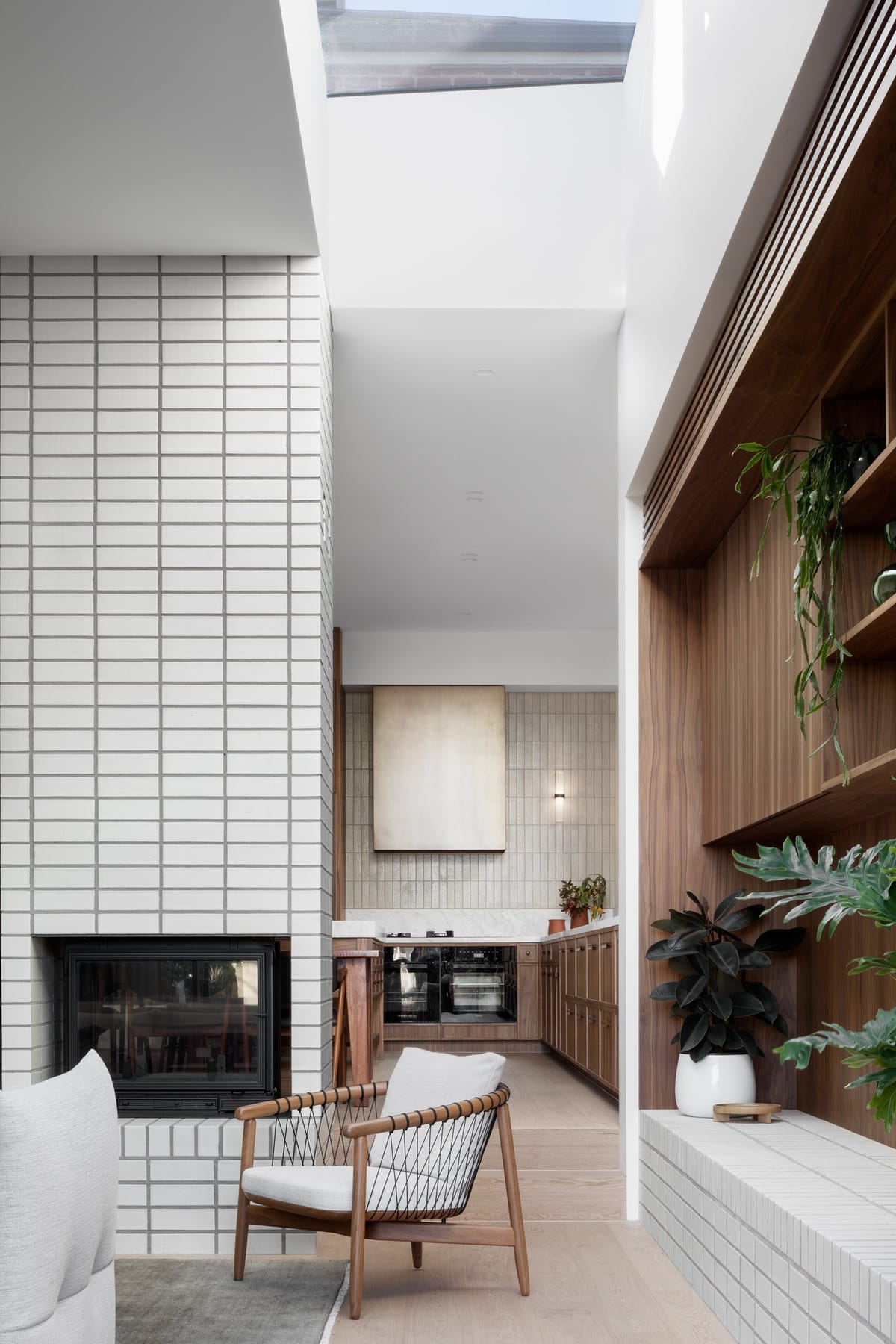
Have you ever wondered how the spaces we inhabit every day come to life? Who are the creative minds behind the functional, beautiful, and inspiring interiors that surround us? The answer lies in the hands of talented interior designers. In this blog post, we’ll explore the world of interior design, from the essence of what an interior designer does, the skills they need, to the impact they have on our everyday lives and the future of the industry. Let’s dive in and discover the fascinating world of interior design.
Short Summary
- Interior design involves creating aesthetically pleasing and functional spaces that reflect clients’ personalities.
- Becoming an interior designer requires the right education, gaining relevant experience, and obtaining professional certifications.
- Interior designers focus on foundations while decorators concentrate on decorative elements - it’s important to consider your project scope when selecting a professional.
The Essence of Interior Designers
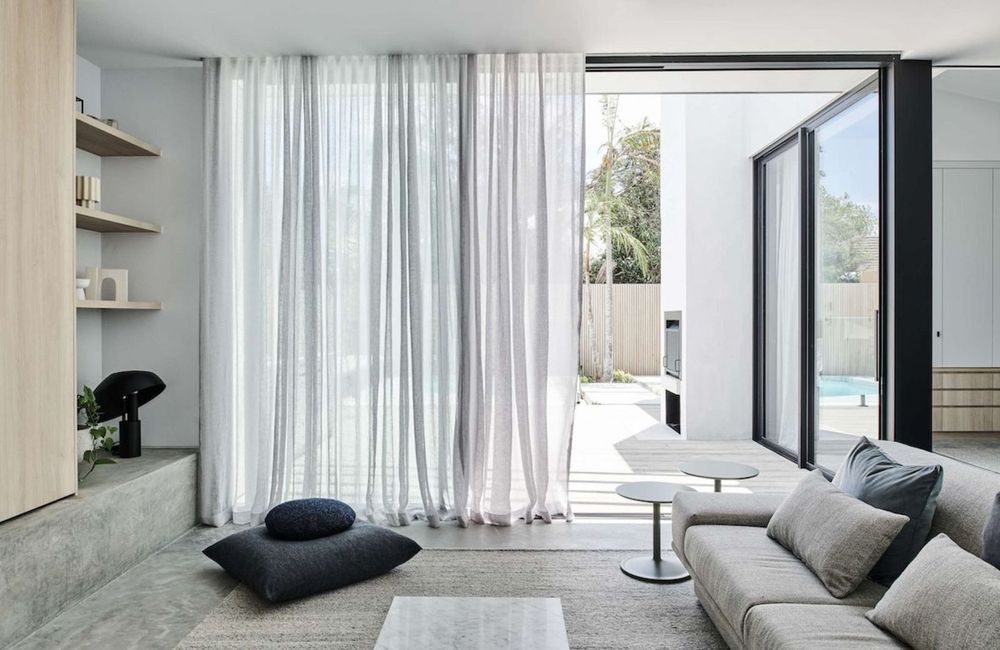
At its core, the goal of an interior designer is to create spaces that showcase a client’s personality and lifestyle while ensuring the space is functional and visually appealing. This multifaceted profession combines creativity and technical knowledge to bring spaces to life, providing comfort and enhancing the well-being of those who inhabit them. What does an interior designer actually do? This is a question many people ask. From coming up with design ideas to selecting materials and overseeing project completion, a career in interior design involves a wide range of tasks and responsibilities.
A crucial aspect of an interior designer’s role is collaborating with various professionals, such as architects, contractors, and suppliers. This teamwork ensures that the vision of the space is unified and fulfills the client’s needs. In fact, many interior designers prefer to work in design studios, where they can join forces with other professionals to achieve the best possible outcome for their clients. Just like a fashion designer who collaborates with different experts in their field, interior designers rely on strong partnerships to bring their designs to life.
The Art and Science of Interior Design
Interior design is a unique blend of art and science, where aesthetics meet functionality to create an overall experience within a space. It’s about making the environment healthier, more aesthetically pleasing, and tailored to the needs of its users. A good interior designer must be able to balance the client’s requests with the constraints of the space, colours, materials, and relevant laws, creating a harmonious and functional interior environment.
The art of interior design involves using colours, textures, patterns, and other design elements to create a visually pleasing space that aligns with the interior layout. The science aspect comes into play when designers consider the functionality, safety, and comfort of the space, ensuring it meets the needs and preferences of its users. This unique combination of art and science sets interior design apart from other creative professions, making it an exciting and fulfilling career choice.
Collaboration with Professionals
Collaboration is the key to success in the world of interior design. Interior designers, also known as interior architects, often work with architects, builders, contractors, and other professionals to ensure the design is unified and meets the client’s needs. This teamwork extends beyond the design studio, as interior designers may also collaborate with specialist installers, kitchen designers, and landscape contractors to provide comprehensive interior decoration services.
To become an interior designer, one must be prepared to coordinate with different experts, tradespeople, and suppliers to source products and materials, and oversee installations. This collaborative approach not only ensures a seamless project execution but also allows interior designers to stay up to date with the latest trends, materials, and innovations in the industry.
Ultimately, effective collaboration with other professionals is essential for creating spaces that enhance the well-being, aesthetics, and functionality of their clients’ lives.
Specialisations in Interior Design
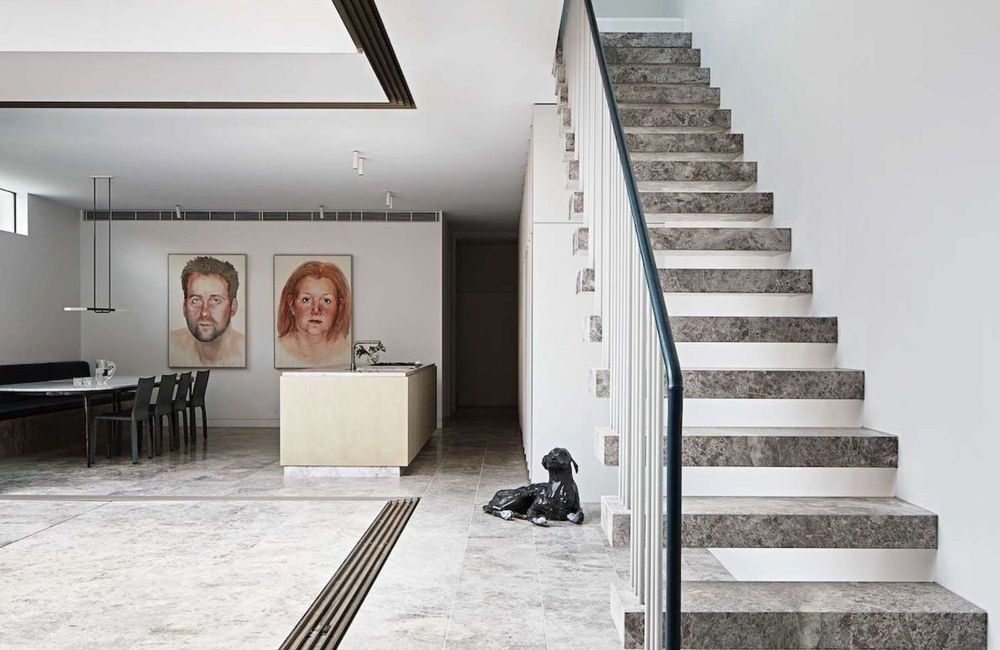
Just as there are many facets to interior design, there are also numerous specialisations within the field. Some of the most common areas of expertise include residential, commercial, hospitality, and sustainable design. Each specialisation allows interior designers to focus on specific types of projects and cater to the unique needs of their clients.
Residential designers create comfortable and personalised living spaces for homeowners, while commercial designers focus on creating functional and appealing work environments for businesses. Hospitality design involves designing hotels, restaurants, and other spaces within the tourism industry, ensuring guests have a memorable and enjoyable experience.
Sustainable design is an increasingly popular area of expertise that emphasises the use of eco-friendly materials and energy-efficient designs to minimise the environmental impact of interior spaces. With so many specialisations available, interior designers can choose the path that best aligns with their passions and talents.
The Path to Becoming an Interior Designer

Becoming an interior designer is a fulfilling and exciting journey that typically involves obtaining relevant education, gaining work experience, and acquiring professional certifications to demonstrate expertise in an interior design career.
In the following sections, we will explore these steps in more detail, providing insights into the educational requirements, work experience opportunities, and certifications needed to excel in the interior design industry.

Educational Requirements
A strong educational foundation is crucial for aspiring interior designers. A degree in interior design or a related field, such as interior architecture, is recommended and sometimes required by certain countries. Obtaining a degree from a recognised institution not only provides the necessary knowledge and skills, but also demonstrates a commitment to the profession and a strong foundation in design principles.
In Australia, the pathway to becoming an Interior Designer usually requires completion of the Bachelor of Interior Design (Residential) or a similar degree from an accredited institution. Courses in these programs typically cover aspects of spatial design, materials, colour theory, lighting design, and CAD (Computer Aided Design).
Gaining Work Experience
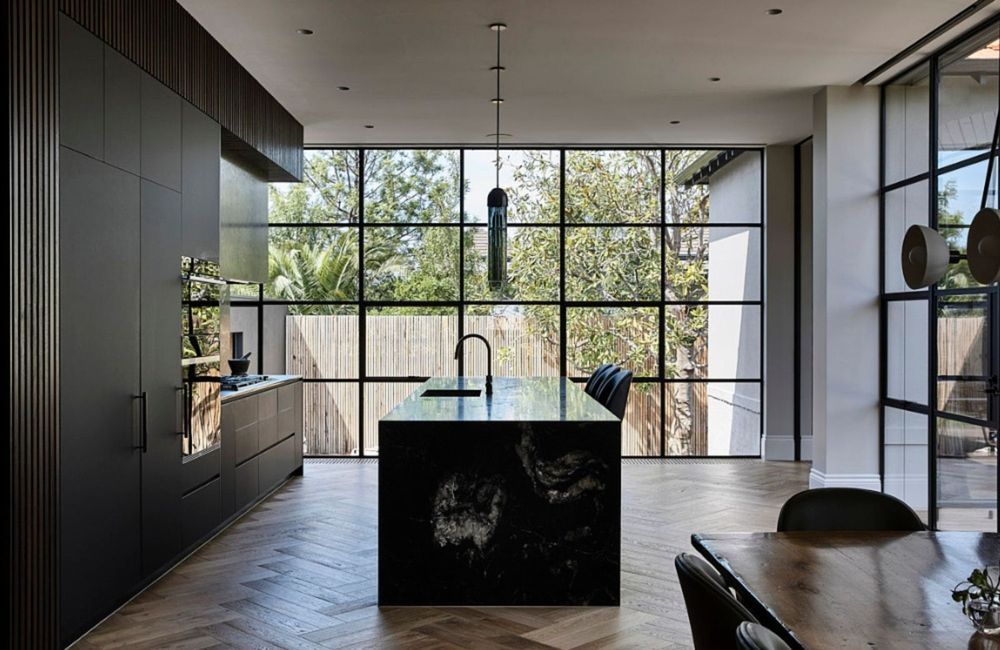
Work experience is essential for developing practical skills and building a professional network in the interior design industry. Gaining hands-on experience through internships, apprenticeships, or entry-level positions allows aspiring designers to hone their skills, learn from seasoned professionals, and establish valuable connections.
To gain work experience, consider obtaining a related degree, participating in internships or apprenticeships, asking your college’s career counseling center for assistance, joining design organisations, and looking for assistant roles in the field. Each opportunity not only helps develop practical skills, but also provides invaluable insights into the industry, ultimately shaping a successful career as an interior designer.
Professional Certifications
Achieving professional certification is a way for interior designers in Australia to further validate their skills and expertise. One such certification is the Certified Practising Designer (CPD) offered by the Design Institute of Australia (DIA). This certification is a benchmark of professional competence and a mark of assurance for clients.
The Building Designers Association of Australia (BDAA) also provides certification for Interior Designers through the Chartered Building Designer program, which recognizes professionals who have met stringent standards of practice in building design.
Certification by the Australian Institute of Architects, through their Accredited Designer program, is another pathway. This program acknowledges design professionals who have demonstrated exceptional understanding and application of design principles and practices in the Australian context.
These certifications not only enhance a designer's credibility but also demonstrate a commitment to ongoing learning and staying abreast of the latest industry trends and innovations.
Essential Skills for Interior Designers
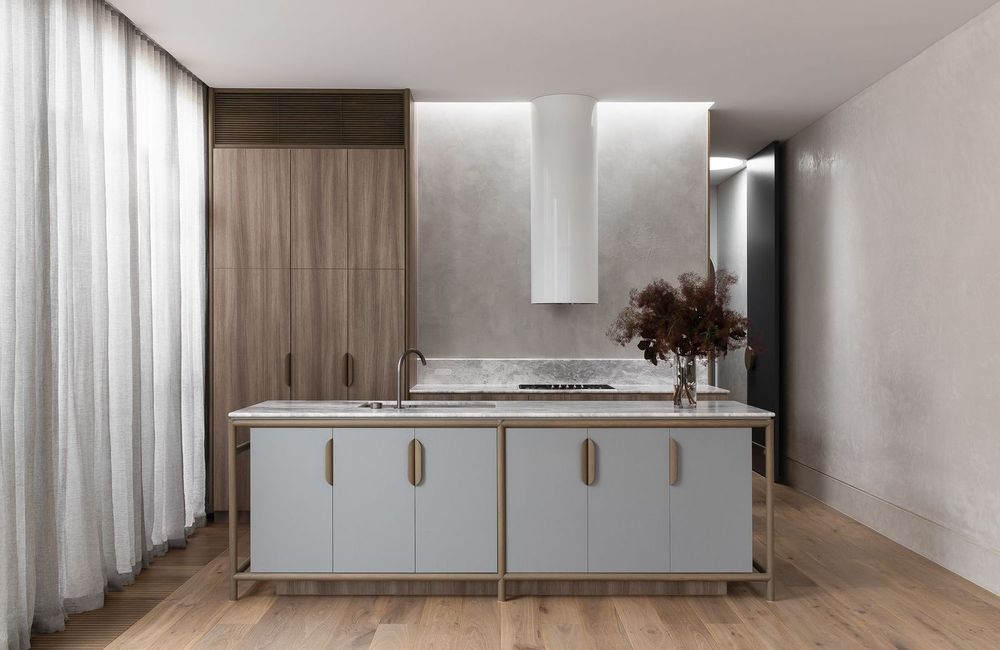
In order to excel in the interior design industry, professionals must possess a diverse skill set that encompasses both technical and creative abilities. Some of the essential skills for interior designers include project management, spatial awareness, empathy, interpersonal communication, and knowledge of regulations.
Project management is a crucial skill, as interior designers are responsible for overseeing projects from concept to completion, managing budgets, timelines, and resources. Spatial awareness is equally important, as designers must have a strong understanding of the size, shape, and layout of a space, ensuring that different elements fit and interact harmoniously. Empathy plays a vital role in understanding clients’ needs and desires, designing spaces that capture their vision and meet their requirements.
Interpersonal communication skills are essential for explaining design concepts to clients and collaborating with other professionals involved in a project. Finally, a thorough understanding of regulations and blueprints is necessary for ensuring the safety, functionality, and compliance of interior spaces. By mastering these essential skills, interior designers can deliver successful projects and create spaces that enhance the lives of their clients.
The Impact of Interior Design on Everyday Life
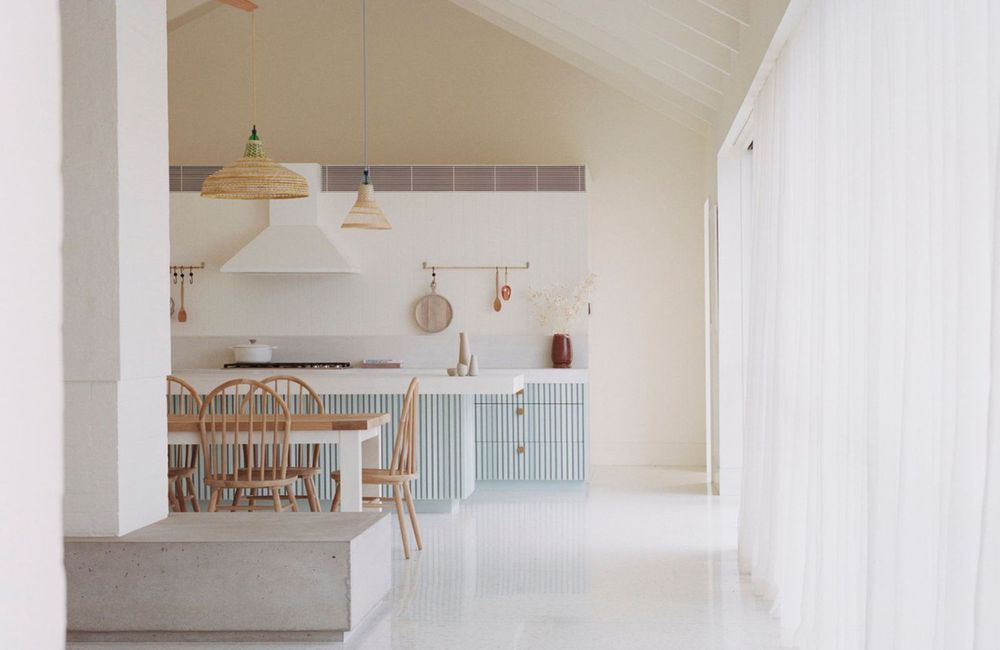
Interior design has a significant impact on our everyday lives, influencing the functionality, comfort, and overall experience within the spaces we inhabit. From efficient layouts that make the most of available space to mood-enhancing colours, textures, and lighting, well-designed interiors can greatly enhance our well-being and overall quality of life. By utilising interior design services, you can ensure that your space is optimised for both aesthetics and functionality.
For example, thoughtful interior design can improve the flow and organisation of a home, making daily tasks more manageable and enjoyable. In commercial settings, a well-designed workspace can boost employee productivity, creativity, and satisfaction. Similarly, hospitality spaces can leave lasting impressions on guests, creating memorable experiences and encouraging repeat visits.
Ultimately, the impact of interior design on everyday life cannot be underestimated, as it shapes our surroundings and influences our moods, behaviors, and overall well-being.
Navigating the Interior Design Industry
Navigating the interior design industry can be a complex process, particularly for those unfamiliar with the differences between interior designers and decorators. Understanding the distinct roles and expertise of these professionals is crucial for selecting the right individual or team to bring your design vision to life.
In the following sections, we will explore the key differences between interior designers and decorators and provide tips on choosing the right professional for your needs.
Choosing the Right Interior Designer
Selecting the right interior designer involves considering several factors, including their credentials, portfolio, experience, and communication style. When reviewing portfolios, pay attention to the designer’s previous projects and how well they align with your own design goals and preferences. Additionally, ensure that the designer holds relevant qualifications and accreditation, as this demonstrates their commitment to professional excellence and adherence to industry standards.
It’s also essential to establish a good working relationship with your chosen interior designer, as the design process is a personal and collaborative experience. By selecting an interior designer who understands your vision, communicates effectively, and demonstrates the skills and expertise required to bring your project to life, you can ensure a successful outcome that meets your expectations and enhances your everyday life.
Top 10 Interior Designers in Sydney 2023Top 10 Interior Designers in Melbourne 2023
Top 10 Interior Designers in Perth 2023
Top 10 Interior Designers in Brisbane 2023
Top 5 Interior Designers in Adelaide 2023
Understanding the Difference Between Interior Designers and Decorators
While both interior designers and decorators play a role in shaping our spaces, their areas of expertise and approaches to design differ significantly. Interior designers, sometimes referred to as interior architects, focus on the foundation and functionality of a space, considering factors such as spatial planning, safety, and building regulations. They are well-versed in architecture, engineering, and design principles, allowing them to create spaces that are both functional and aesthetically pleasing.
On the other hand, interior decorators concentrate on the decorative elements of a space, such as colour, texture, and furniture arrangement. They typically do not have the same expertise as an interior architect in architecture, engineering, and design, and their primary focus is on creating visually appealing interiors that reflect the client’s personal style and preferences.
When choosing between an interior designer and decorator, consider the scope and requirements of your project, and select the professional whose expertise best aligns with your needs and desired outcomes.
The Future of Interior Design
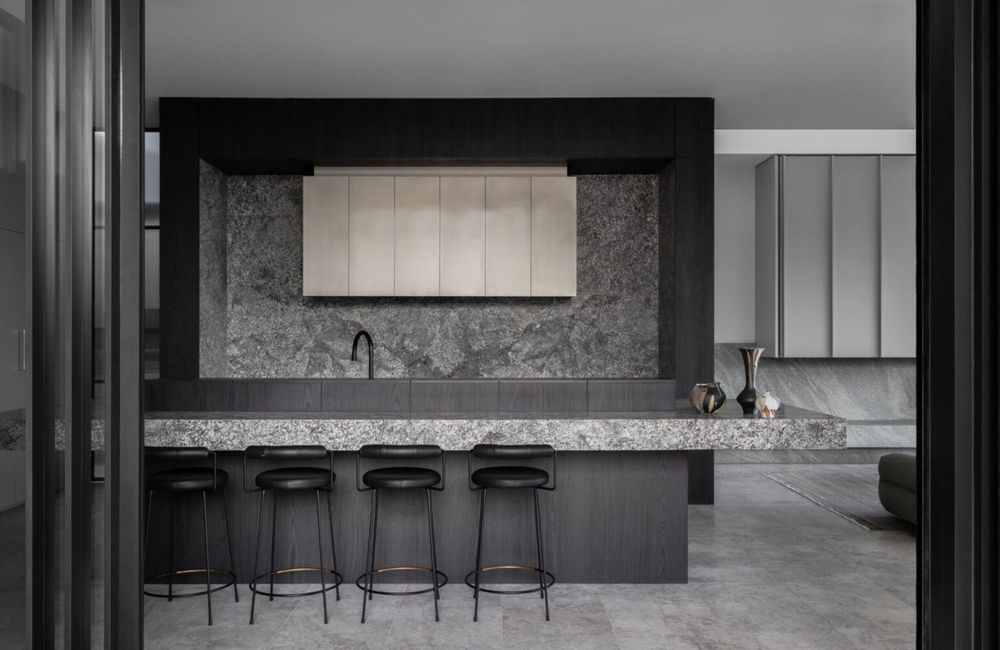
As our lifestyles and preferences continue to evolve, so too will the world of interior design. The future of the industry is likely to see an increased emphasis on sustainability, with designers adopting eco-friendly materials and energy-efficient designs to minimise the environmental impact of interior spaces. Technology integration will also play a crucial role, with artificial intelligence being used to assess customer tastes and anticipate design trends.
Moreover, design trends will continue to adapt to our changing needs and preferences, with a focus on creating comfortable, functional, and visually appealing spaces that cater to a wide range of lifestyles. As the industry evolves, interior designers will need to stay informed of the latest developments and continually hone their skills to remain at the forefront of this dynamic and ever-changing field.
The world of interior design is a fascinating and impactful field that shapes our everyday lives and experiences. From the creative minds of interior designers to the essential skills and expertise required, this profession combines art and science to create functional, beautiful, and inspiring spaces. As we navigate the complexities of the interior design industry and embrace its future trends, we can appreciate the significant role that interior design plays in enhancing our well-being, our surroundings, and our overall quality of life. May this exploration inspire you to delve deeper into the world of interior design and discover the endless possibilities it holds.
Frequently Asked Questions
What an interior designer does?
Interior designers are responsible for creating a functional, safe and beautiful interior space. They determine the required space and select decorative items such as colours, lighting and materials.
What qualifications do I need to be a interior designer?
To become an interior designer, you will need to complete a recognised certification, an undergraduate course in interior design or an interior decoration short course. Industry-based courses may be beneficial for gaining employment.
Furthering your education by completing postgraduate qualifications in interior design or architecture can also help advance your skills as an interior designer.
What is the difference between an interior decorator and interior designer?
Interior designers are tasked with creating functional and aesthetically pleasing spaces, whereas interior decorators focus primarily on providing decorative elements to achieve a desired look.
In other words, interior designers design, while interior decorators decorate.
Is interior design a good career in Australia?
Interior design is an excellent career option in Australia, with high demand and competitive salaries. It’s a great choice for those looking to improve the aesthetics of homes and businesses.
Interior design offers a range of opportunities for creative expression, from choosing the right colour palette to selecting the perfect furniture pieces. It also requires a good eye for detail.
What is the main goal of an interior designer?
The main goal of an interior designer is to create spaces that reflect their clients’ personalities and lifestyles, while making sure the space is both functional and visually pleasing.
This requires a keen eye for detail and an understanding of the client’s needs. The designer must be able to create a space that is both aesthetically pleasing and practical. They must also be able to work within the client’s budget and timeline.



